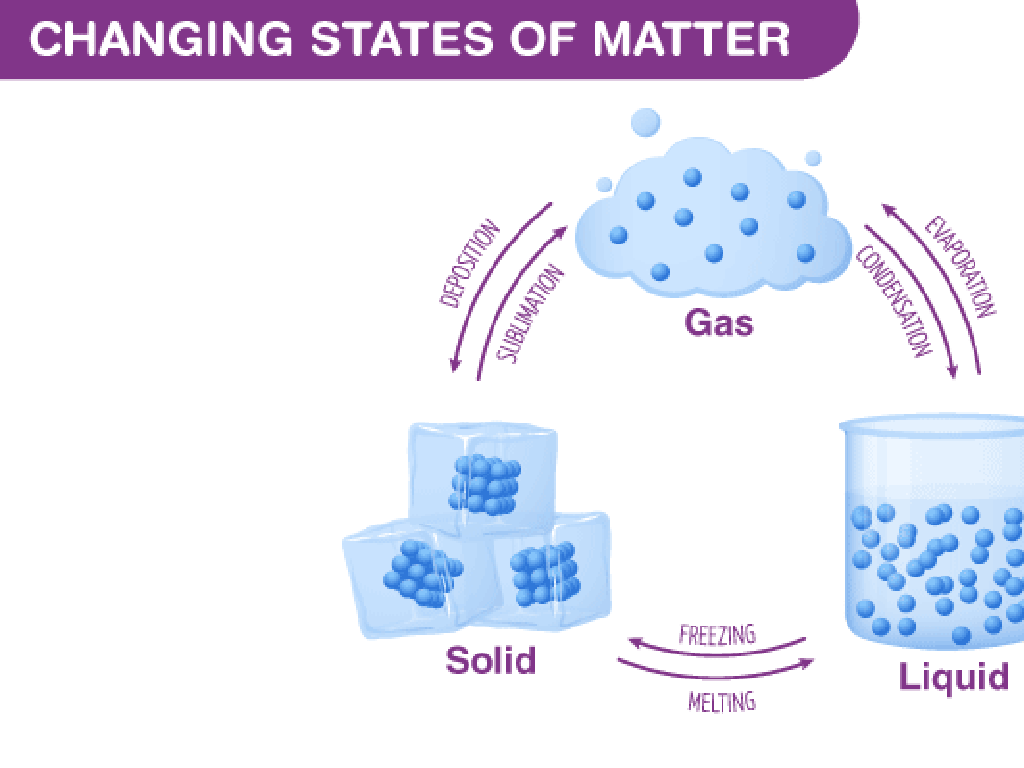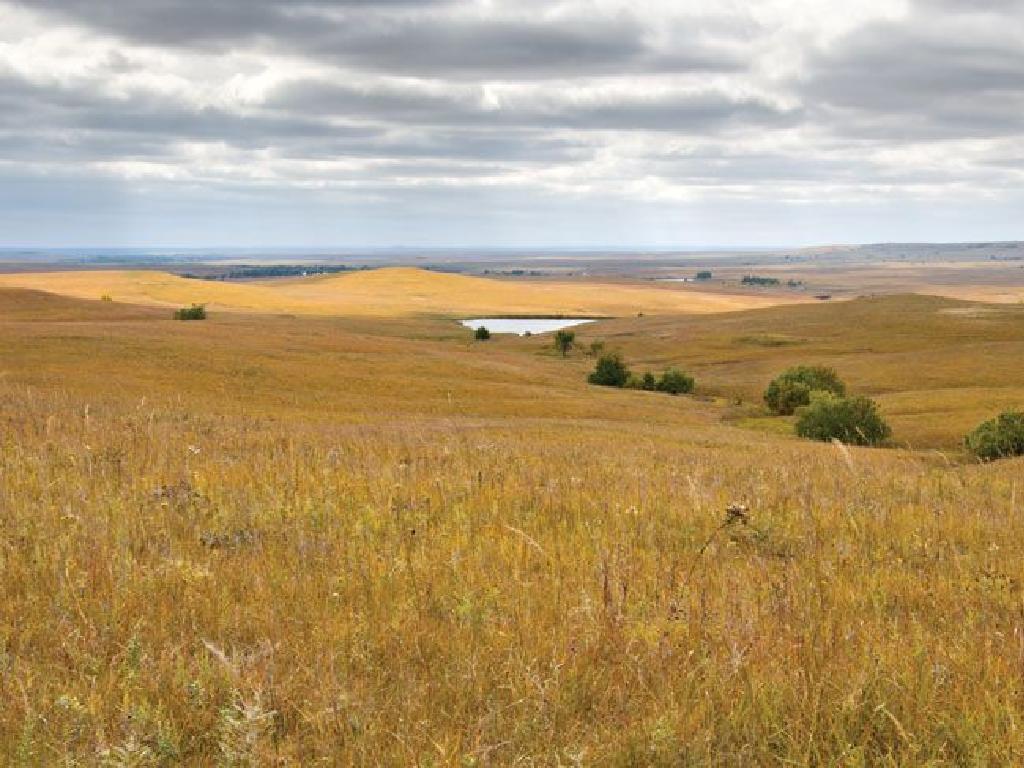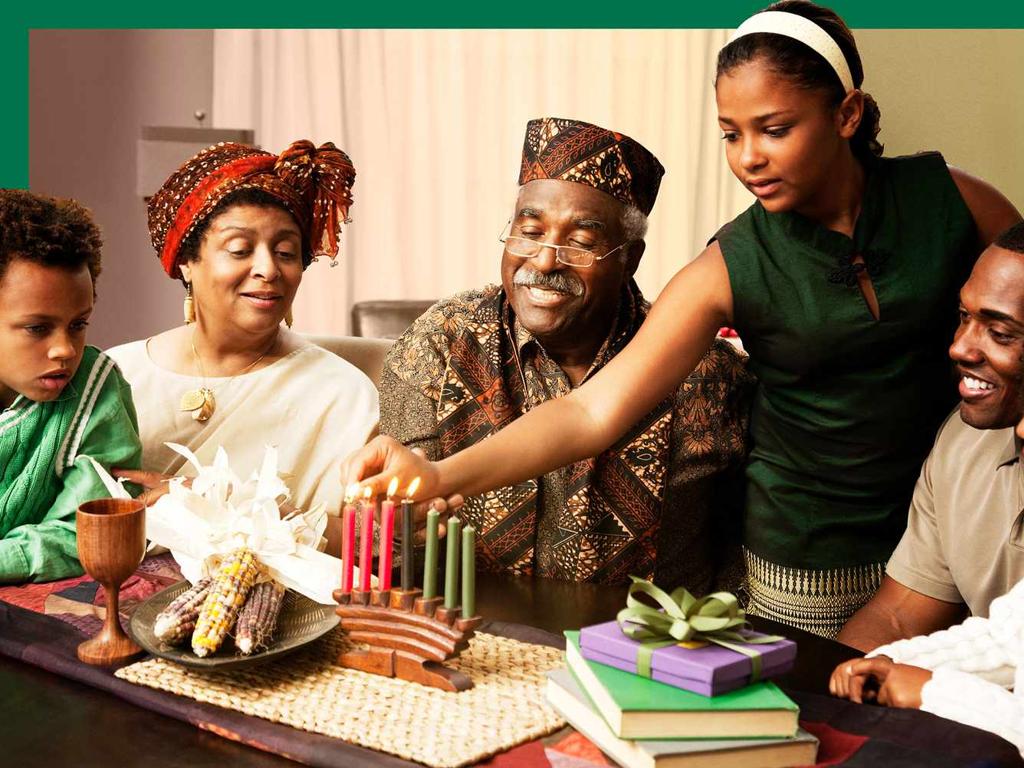Name The Thirteen Colonies
Subject: Social studies
Grade: Eighth grade
Topic: Colonial America
Please LOG IN to download the presentation. Access is available to registered users only.
View More Content
The Thirteen Colonies: America’s Foundations
– Exploring our nation’s roots
– Significance of the Thirteen Colonies
– The Thirteen Colonies were the beginning of what would become the United States.
– Colonial impact on U.S. history
– These colonies set the stage for American culture, governance, and economy.
– Recognizing each colony’s contribution
– Each colony had unique characteristics that played a role in shaping the nation.
|
This slide introduces students to the Thirteen Colonies, emphasizing their importance in the formation of the United States. It’s crucial to convey that these colonies were not just historical footnotes but were instrumental in creating the social, political, and economic structures that influenced the development of the country. Discuss how each colony contributed to the American identity and the values that are cherished today. Encourage students to think about the lasting effects of colonial decisions and actions on contemporary America. Provide examples such as the establishment of legislative assemblies, which laid the groundwork for our democratic government, or the development of a market economy that still influences global trade.
The Thirteen Original Colonies
– What is a colony?
– A territory under the immediate political control of a state.
– Thirteen Colonies’ role in US history
– They were the first states of the future United States.
– Overview of each colony’s founding
– Brief history from Jamestown to Georgia’s establishment.
|
This slide introduces the concept of colonies and their significance in the formation of the United States. A colony is defined as a territory governed by a foreign power, and in this case, it refers to the areas settled and ruled by the British. The Thirteen Colonies were the seeds from which the United States of America grew, each with its unique founding story, starting with Jamestown in Virginia as the first permanent English settlement in 1607, and ending with Georgia in 1732. The slide sets the stage for a deeper dive into each colony’s history, economy, and culture in subsequent lessons. Encourage students to think about the diversity of reasons for founding each colony, such as economic opportunity, religious freedom, or as a penal colony, and how these reasons influenced the development of the region.
The New England Colonies
– Massachusetts, Connecticut, Rhode Island, New Hampshire
– Distinct characteristics of the region
– Harsh climate, Puritan influence, focus on community
– Economic activities in New England
– Economy based on shipping, fishing, and small-scale farming
– Social life in the colonies
– Town meetings, church-centered communities
|
This slide introduces students to the New England Colonies, which were some of the first areas settled in what would become the United States. Emphasize the unique characteristics of these colonies, such as the influence of Puritan religion and the importance of community. Discuss the economic activities that were prevalent in New England, including shipping, fishing, and small-scale subsistence farming, which were shaped by the region’s rocky soil and coastal geography. Highlight the social aspects, such as the central role of the church in community life and the practice of town meetings as a form of local governance. Encourage students to think about how the geography and climate could have influenced the economic and social structures of the New England Colonies.
Exploring the Middle Colonies
– Colonies: New York, New Jersey, Pennsylvania, Delaware
– Diverse populations, religious freedom
– Settlers from various backgrounds and beliefs lived harmoniously.
– Agriculture: The ‘breadbasket’ colonies
– Grew grains like wheat, earning the nickname ‘breadbasket’.
– Thriving commerce and trade
– Ports like New York City became trade hubs, boosting economy.
|
This slide focuses on the Middle Colonies, which were known for their diversity and religious tolerance, attracting settlers from various ethnic backgrounds and beliefs. Emphasize the importance of agriculture in these colonies, particularly the cultivation of grains, which led to them being termed the ‘breadbasket’ colonies. Highlight the role of commerce, with cities like New York emerging as major ports for trade. Discuss how these factors contributed to the unique social and economic development of the Middle Colonies compared to the New England and Southern Colonies. Encourage students to think about how diversity and economic activities shaped the culture and society of the Middle Colonies.
Southern Colonies in Colonial America
– Maryland, Virginia, North Carolina
– South Carolina, Georgia
– Plantation economy & slavery
– Cash crops like tobacco and cotton thrived, requiring a large labor force.
– Climate’s impact on lifestyle
– Warm climate led to agrarian lifestyle & social stratification.
|
This slide introduces the Southern Colonies, which were known for their plantation economy and reliance on slavery. The warm climate and fertile soil allowed for the cultivation of labor-intensive cash crops, making the use of enslaved labor a common practice. The climate also influenced the lifestyle, with a focus on agriculture and a social hierarchy that developed around plantation owners and the labor force. Discuss the economic and social structure of the Southern Colonies, and how geography and climate played a role in shaping their development. Encourage students to reflect on the ethical implications of slavery and its lasting impact on American history.
Daily Life in the Thirteen Colonies
– Compare daily life across regions
– Contrast New England, Middle, and Southern colonies
– Roles in colonial society
– Men worked trades, women managed homes, children helped
– Colonial education
– Education varied; some formal schools in towns
– Leisure activities of the era
– Games, storytelling, and church events were common
|
This slide aims to give students a vivid picture of the daily life in the Thirteen Colonies, highlighting the differences between the regions. Emphasize the distinct lifestyles in the New England, Middle, and Southern colonies due to their diverse economies and cultures. Discuss the traditional roles of men, women, and children, noting that roles could vary based on social status and region. Touch on the education system, which ranged from home-schooling to formal schools in more urban areas. Finally, explore leisure activities, which included simple games, storytelling, and church-related events. Encourage students to think about how daily life then compares to their own experiences today.
Challenges and Survival in the Thirteen Colonies
– Hardships of early colonists
– Faced with disease, famine, and harsh winters
– Native American relations
– Alliances and conflicts shaped survival
– Striving for independence
– Desire to break free from British rule
– Self-governance efforts
– Colonial assemblies and town meetings began
|
This slide aims to highlight the various challenges faced by the colonists in the Thirteen Colonies and their resilience. Discuss the severe hardships such as disease, lack of supplies, and extreme weather that tested the settlers’ survival. Explain the complex relationships with Native Americans, which included both peaceful alliances and violent conflicts. Emphasize the growing desire for independence as a response to British policies and taxes, leading to revolutionary sentiments. Lastly, touch upon the early forms of self-governance that emerged, setting the stage for future democratic principles. Encourage students to reflect on how these challenges and the colonists’ responses shaped the development of the United States.
Mapping the Thirteen Colonies
– Identify and label the colonies
– Discuss geographic settlement factors
– Consider climate, soil fertility, and natural resources
– Students create labeled maps
– Share and compare maps in class
– Discuss the similarities and differences observed
|
This slide introduces the activity where students will identify and label the Thirteen Colonies on a map, considering the geographic factors that influenced early settlement such as climate, natural harbors, and the availability of arable land. The activity is designed to help students visualize where the colonies were located and understand the reasons behind their establishment in those particular areas. For the activity, provide students with blank maps and a list of the colonies. Encourage creativity in their labeling and map decoration. After completing the maps, students will share their work with the class to compare and discuss their observations, reinforcing their understanding of the geographic distribution of the colonies.
Time Capsule Activity: Life in the Thirteen Colonies
– Imagine being a 1700s colonist
– Write a letter for a time capsule
– Express daily life, hopes, or challenges
– Or draw a significant item
– Sketch an item that represents colonial life
– Share your choice and its importance
|
This class activity is designed to engage students with the historical context of the Thirteen Colonies by having them step into the shoes of a colonist. Students can choose to write a letter as if they were living in the 1700s, discussing their daily experiences, aspirations, or the difficulties they face. Alternatively, they can draw an item that would have been significant to colonists, such as a tool, piece of clothing, or currency. After completing their letters or drawings, students will share with the class, explaining the historical relevance and personal significance of what they chose to include in the time capsule. This activity will help students empathize with colonial life and understand the historical period on a deeper level. Provide guidance on the types of items or content for the letters to ensure historical accuracy and relevance.





